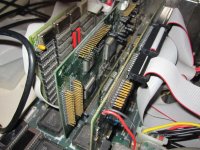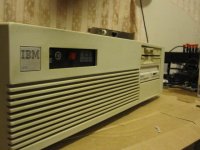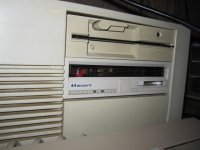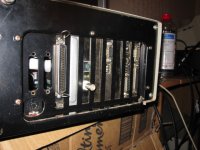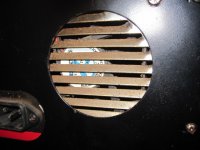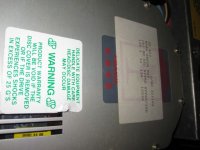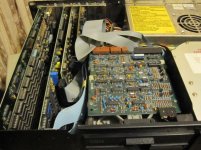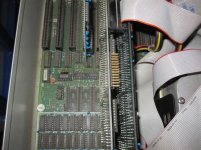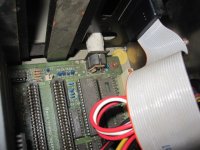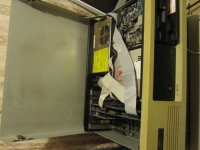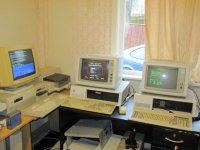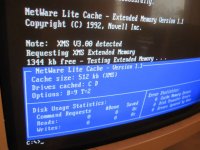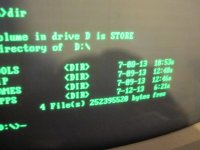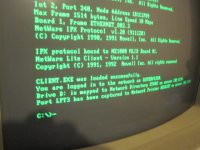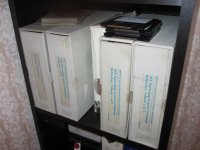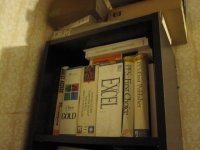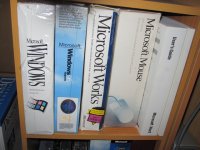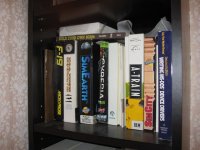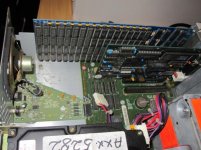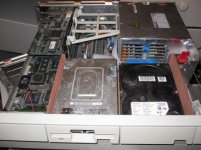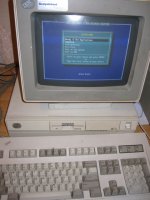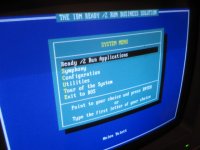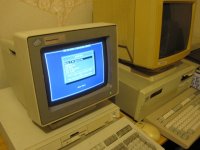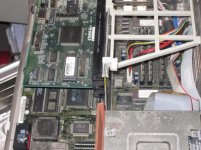SpidersWeb
Veteran Member
So with the whole "network the vintage room" thing, I need to open up my XT's and a few AT's to slide in network cards.
In the process I'm sorting out anything they needed fixed - and taking a few (albeit not great) pictures along the way.
LOGI-88
NEC V20 @ 8Mhz
8087-2 @ 8Mhz
Goal of this machine was to have all the fancy features - without using a 16 bit card - I failed - the switch block on my 8 bit VGA/EGA/CGA card borke, so until I fix it, we've got a Realtek 512KB VGA card. The V20 made finding a card rather easy, almost all of the cards I fitted booted up fine.
Cool notes: white motherboard, case I used reminds me of moustaches and cars with popup lights, Quickshot Sound Machine (SB 2.0), Microsoft InPort (cool kids use bus mice), 20Mb NEC D5126, and now a Novell NE1000.
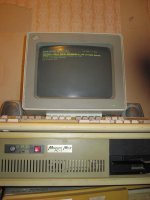
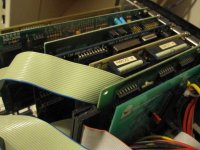
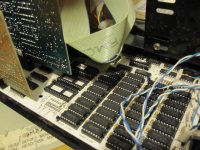
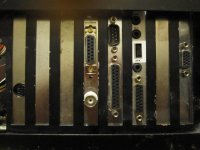
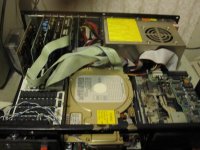
In the process I'm sorting out anything they needed fixed - and taking a few (albeit not great) pictures along the way.
LOGI-88
NEC V20 @ 8Mhz
8087-2 @ 8Mhz
Goal of this machine was to have all the fancy features - without using a 16 bit card - I failed - the switch block on my 8 bit VGA/EGA/CGA card borke, so until I fix it, we've got a Realtek 512KB VGA card. The V20 made finding a card rather easy, almost all of the cards I fitted booted up fine.
Cool notes: white motherboard, case I used reminds me of moustaches and cars with popup lights, Quickshot Sound Machine (SB 2.0), Microsoft InPort (cool kids use bus mice), 20Mb NEC D5126, and now a Novell NE1000.








